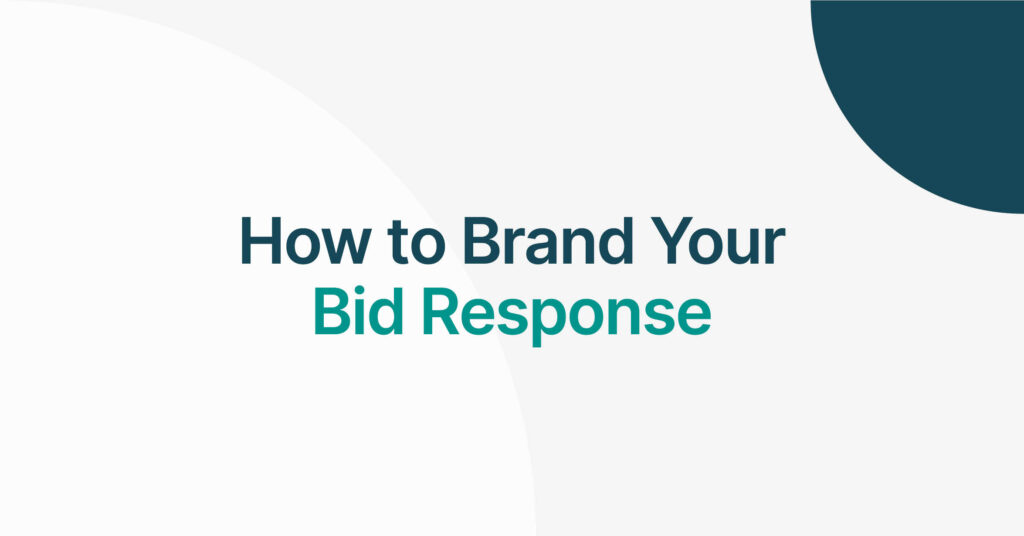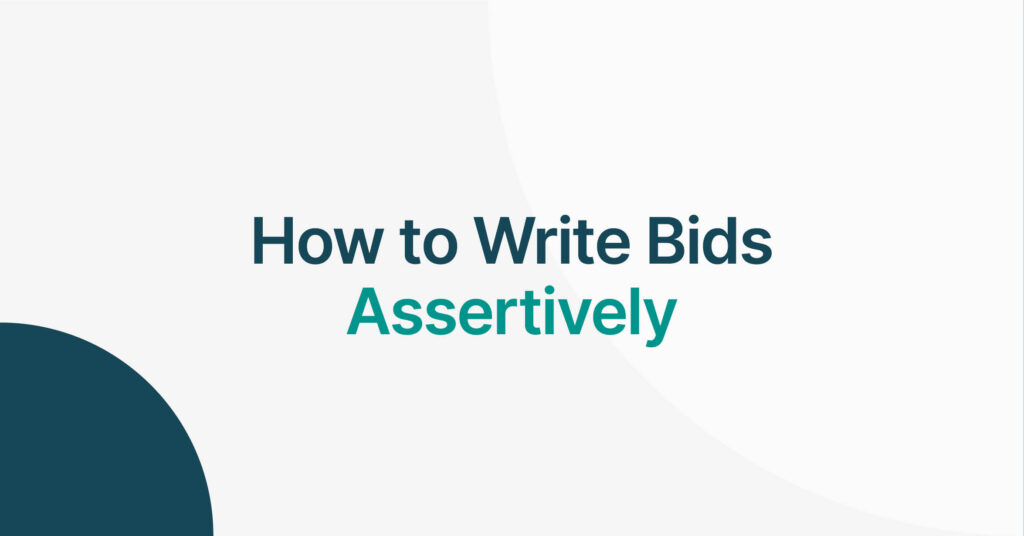Evidence is Key
Evidence is key
When writing tender responses, it is vital to talk about three things. First of all, what value you are going to offer the buyer/what you’re going to do. Secondly, how you’re going to implement/deliver this/the procedures, people and resources that you will put in place to ensure this is delivered. But most important of all is the third section, providing evidence of past experience to demonstrate that you can actually deliver what you’re proposing.
Buyers need to know that when they hand over their money to you, that you and your team are a safe bet. Also, that you can do exactly what you’re bidding for. The best and most effective way to ensure you demonstrate this and show the buyer that they can trust your team with the job is to set out where you have performed similar jobs or delivered similar goods and services in the past.
You need to show buyers clear examples of past successes, leaving them in no doubt as to your capabilities. It’s a good idea to set your evidence out in the form of a case study. Using a clear and logical format such as the STAR format will lend clarity and specificity to your evidence. For more information on how to write up an excellent case study – please click here to see our dedicated “Case Studies” video.
Indeed, the evidence is key.
We always say that it is a bit like going for a job interview. Imagine you’re applying to become a Chef. You can be pretty sure your potential employer would want to see evidence of your cooking ability and past experience delivering high-quality meals before hiring you.
It is the same in the world of procurement: buyers are not going to leave anything to chance, just as a potential employer wouldn’t. Hence, not having solid and detailed examples up your sleeve to discuss, would put you at a significant disadvantage from the outset.
So what are the most important things you should include?
Value
Evidence of the fact that you have the resources and capability to deliver contracts of a similar scope to the one you’re applying for.
Dates
Include the most recent examples you can. Try not to go back further than the last five years, preferably no further than the last three. Buyers are not going to be interested in a project you worked on 20 years ago, since so much in terms of your delivery, policies, staff, approach, capabilities and competencies will doubtlessly have changed since then.
Often, the buyer will specify a date range from which you can draw your evidence. It is important to stick to this as if you don’t, you run the risk of your evidence being disregarded.
Self-awareness
Make it clear to the buyer what went well in your past endeavours. Especially how you will ensure the same rigour and quality this time around. It is also a good idea to talk about the challenges you faced, how you overcame them and what you would change for next time. This shows the buyer your commitment to continual improvement and development.
Nobody expects you to have delivered work perfectly, and showing an awareness of small mistakes or oversights and how you have learned from them since, will stand you in good stead.
If you’re unsure as to the evidence you should include in a bid, where this might go, how to structure your response, or just want someone to check over your work, we have a dedicated Tender Consultants service for you. Don’t hesitate to get in touch today.








